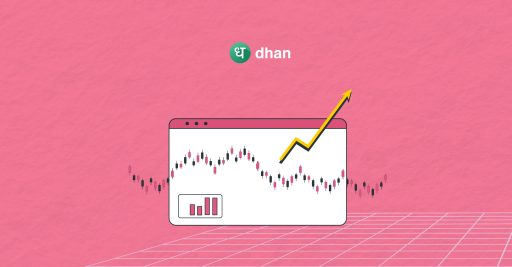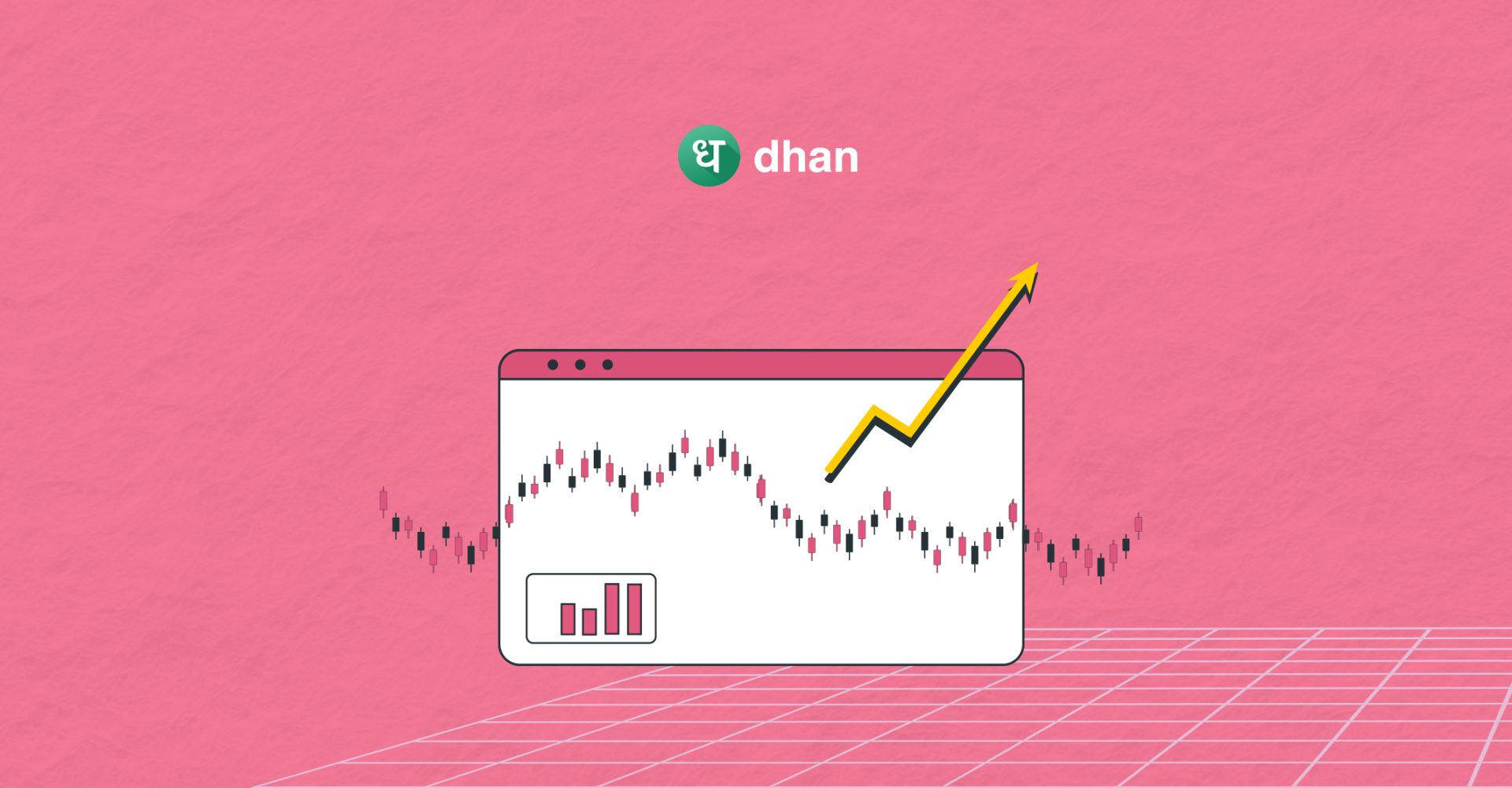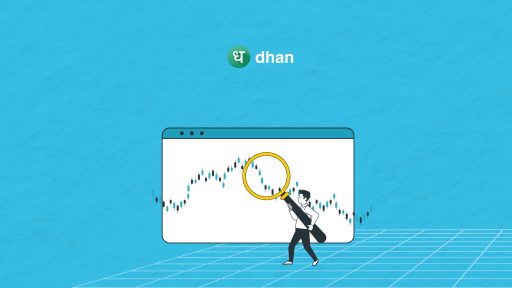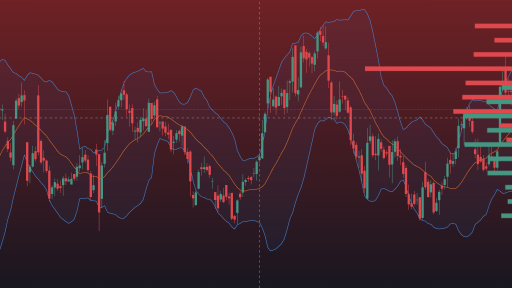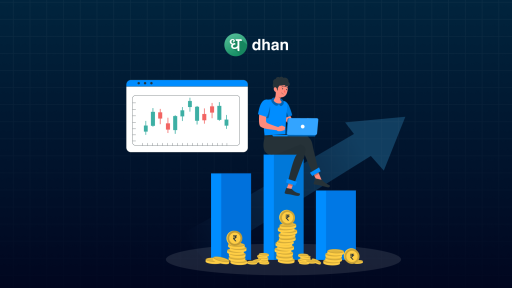The Coppock Curve is a widely used technical indicator in stock markets that helps traders identify long-term trends and potential trading opportunities.
Understanding this indicator’s significance can help you trade better and capitalize on opportunities that you may otherwise miss.
Let’s take a closer look at what the Coppock Curve indicator is all about and why it matters for traders like you.
What is the Coppock Curve Indicator?
The Coppock Curve is a momentum-based technical analysis indicator used in the stock market index to identify long-term trend reversals.
It was developed by economist Edwin Coppock in the late 1960s and is primarily used to signal buying opportunities for investors.
Traders use the Coppock Curve to confirm the end The Coppock Curve is calculated by combining a series of (WMA) Weighted Moving Averages of an asset’s price data over specific periods.
Bearish trends and anticipate the beginning of Bullish trends, providing valuable insights for making investment decisions.
How to Calculate the Coppock Curve?
Calculating the Coppock Curve involves two main steps:
- Calculate the 10-month Weighted Moving Average (WMA) of the sum of the 14-month Rate of Change (ROC) and the 11-month ROC. WMA = ((14-month ROC + 11-month ROC) / 2)
- Plot the resulting WMA on a chart over the specified time frame.
This calculation helps smooth out the ROC data, providing a clearer indication of long-term trend reversals.
Traders often use the Coppock Curve to identify potential buying opportunities when the curve turns upwards after a prolonged downtrend, signaling a possible shift in market direction.
Uses of Coppock Curve
Named after its creator, Edwin Coppock, the Coppock Curve is designed to identify long-term buying opportunities in the stock market. Here are a few of its primary uses:
1. Identifying Long-Term Trends
The Coppock Curve helps find good times to buy stocks for the long term. When it rises above zero, it suggests the market might be reaching a low point and about to start going up.
This means it’s a potential opportunity to buy stocks before they get more expensive. So, traders watch for this signal to catch the beginning of a new upward trend in the stock market.
2. Confirmation of Bullish Trends
When the curve rises up from low points and crosses its moving average, it shows that the market might start going up.
This means it’s a good time to buy stocks because it confirms that a good trend is beginning.
So, people who trade stocks use this signal to know when to buy more stocks or start buying if they haven’t already.
3. Timing Long-Term Investments
Traders use the Coppock Curve to find good times to invest in stocks for the long term. They wait until the curve starts going up from a low point. This tells them that the market might be about to go up for a while.
They buy stocks then, hoping to make money as the market goes up. This way, they try to catch the best part of a new uptrend and make profitable long-term investments.
4. Filtering Noise
As a long-term tool, the Coppock Curve helps filter out short-term market noise. This means it focuses on major shifts in trends, ignoring temporary price fluctuations.
By doing so, traders can better identify significant changes in market direction without being distracted by day-to-day volatility.
This filtering function allows traders to make more informed decisions, as they’re able to concentrate on the broader movements of the market rather than getting caught up in short-lived price swings.
5. Risk Management
Although primarily used for identifying buying opportunities, the Coppock Curve can also serve as a tool for risk management.
If the curve starts to decline after reaching high levels, it may indicate the potential end of an uptrend, prompting traders to consider reducing exposure or taking profits.
6. Divergence Analysis
When looking at the Coppock Curve, traders also check if it behaves differently from the price of the asset being analyzed.
If they notice a difference, it might mean that the current trend is losing strength or could reverse soon.
This comparison helps traders make better decisions about when to buy or sell by giving them insight into potential changes in market direction.
Dhan recently became the first broker in the world to allow Options Trading from TradingView's Trading Panel! Go check it out here!
Using the Coppock Curve in Trading
Here’s how to use the Coppock Curve strategy in trading:
- Change of Direction: A change in the direction of the Coppock Curve can signal a potential entry point in the market. A downtrend followed by a rise in the line is considered a buy signal.
- Cross of the Zero Line: The zero line of the Coppock Curve acts as a trade trigger. You buy when the Coppock Curve moves above zero and sell when it moves below zero.
- Bullish and Bearish Divergences: These occur when the price of an asset is moving in the opposite direction of the Coppock Curve.

A bullish divergence happens when the price is decreasing while the Coppock Curve is increasing. Conversely, a bearish divergence occurs when the price is increasing while the Coppock Curve is decreasing.
While the Coppock Curve can be a powerful indicator on its own, it’s often used in conjunction with other technical indicators or fundamental analysis to confirm trading signals.
For example, traders might look for confirmation from other momentum indicators, such as the Moving Average Convergence Divergence (MACD) or the Relative Strength Index (RSI).
Conclusion
The Coppock Curve is a valuable tool for investors to identify long-term trend reversals and make informed investment decisions.
By understanding its signals and incorporating them into your investment strategy, you can potentially improve your investment outcomes and achieve your financial goals.
Remember to stay informed and adapt your strategy as needed based on market conditions.
